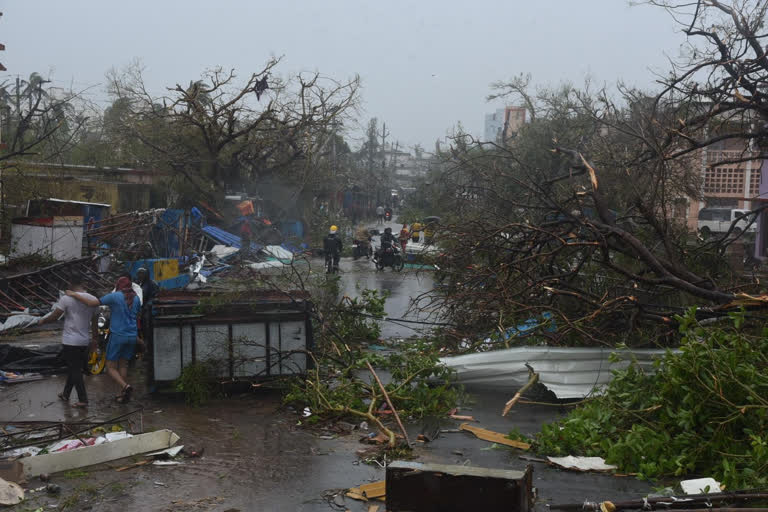New Delhi: The United Nations agency for disaster risk reduction has praised the India Meteorological Department (IMD) for its "almost pinpoint accuracy" of early warnings on cyclone Fani, that helped authorities conduct a well-targeted evacuation plan and minimise the loss of life.
"India's zero-casualty approach to managing extreme weather events is a major contribution to the implementation of the #SendaiFramework and the reduction of loss of life from such events," Mami Mizutori, the Special Representative of the United Nations Secretary-General (SRSG) for Disaster Risk Reduction, and head of the Geneva-based UN Office for Disaster Risk Reduction (UNISDR), said in a tweet.
Mizutori was referring to the Sendai Framework for Disaster Risk Reduction 2015-2030, the first major agreement of the post-2015 development agenda. It is a 15-year, voluntary, non-binding agreement which recognises that the state has the primary role to reduce disaster risk but that responsibility should be shared with other stakeholders including the local government, the private sector, and other stakeholders.
Also read: Shocking visuals of Cyclone Fani
Highlighting the zero-casualty cyclone preparedness policy of the Indian government, a spokesperson for UNISDR, Denis McClean said: "the almost pinpoint accuracy of the early warnings from the Indian Meteorological Department had enabled the authorities to conduct a well-targeted evacuation plan, which had involved moving more than one million people into storm shelters".
UNISDR also tweeted about the advisory distributed by India's National Disaster Management Authority and local authorities days before Fani made landfall in an effort to minimise loss of life and injury.
